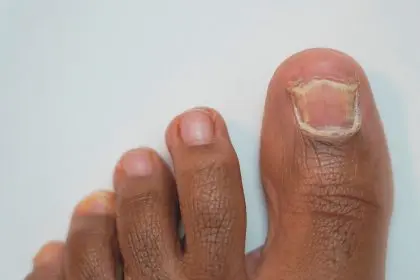
As if this season’s particularly pernicious flu outbreak wasn’t enough for Americans, especially parents, to worry about, there are reports of another illness that can be dangerous — and sometimes even deadly — especially for infants: respiratory syncytial virus (RSV).
While everyone has a very familiar if uncomfortable relationship with the flu, many have never heard of RSV. Pediatricians state that the RSV is the same virus that is the leading cause of the common cold and infects almost all children by age 2.
“The vast majority of kids who get RSV just have cold symptoms and get better,” says Dr. Robert Wiskind, Georgia president of the American Academy of Pediatrics told CNN. “A minority of them develop bronchiolitis (an inflammation of tiny air passages in the lungs specific to babies and young children) — and a very small percentage have significant problems.”
When RSV attacks the lungs, it is particularly dangerous for newborns and babies born prematurely. Pneumonia and other bronchial complications can result from RSV and happen quickly.
Most adults have been exposed countless times to RSV. Subsequent RSV infections usually are not as severe as the first.
RSV is most prominent from the late fall into the early spring, is out there with a myriad of other stuff floating around right now: Human metapneumovirus (hMPV), adenovirus and parainfluenza, all common respiratory viruses, and pertussis, the bacterial disease that causes whooping cough. Since patients often are treated without being tested, it’s hard to know what’s what.
“Just in general, when we look at cough and respiratory symptoms, there’s a lot of overlap,” said Dr. Susan Gerber, an epidemiologist at the Centers for Disease Control and Prevention (CDC). “A lot of times, unless there is rigorous laboratory testing, you may not know the cause.”
Wiskind advises, “You are the best judge of your child — if it doesn’t seem right to you, you should bring them in.”
Parents should seek immediate medical attention if their children have any of these symptoms:
— High fever
— Severe cough
— Wheezing
— Difficulty breathing
— Bluish-colored skin on the lips and nail beds
RSV spreads much like the flu. People become infected from exposure from others who are coughing or sneezing and by direct skin-to-skin contact. The virus can live for hours on contaminated surfaces such as toys. It is most contagious during first few days of infection.










